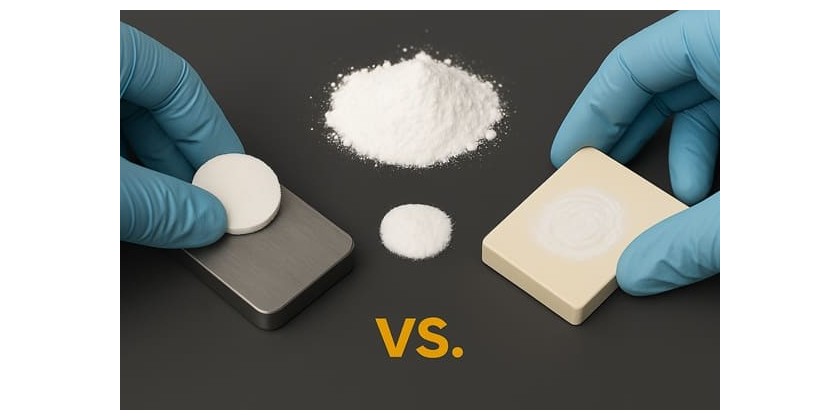Categories
- Products
- Deposition Materials
- Refractory Metals
- Rare Earth Materials
- Powder
- Technical Ceramics
- Lanthanum Hexaboride (LaB6) Materials
- Pyrolytic Boron Nitride (PBN) Products
- Boron Nitride (BN) Products
- Alumina Ceramics (Al2O3)
- Aluminum Nitride (AlN) Products
- Silicon NItride (Si3N4) Ceramics
- Silicon Carbide (SiC) Ceramics
- Graphite Products
- Zirconia Ceramic
- MAX Phase Ceramic Materials
- Boron Carbide Ceramics (B4C)
- Magnesium Oxide Ceramics (MgO)
- Quartz Ceramics
- Macor Machinable Glass Ceramic
- Beryllium Oxide (BeO) Ceramics
- Piezoelectric Ceramics
- High Purity Materials
- Precious Metals
- Chemicals
- Crystals & Substrates
- Applications
- Other

Ceramic end effectors are used to carry products, such as wafer silicon wafers, which require thermal stability and can be used in high temperatures of more than 2,000 degrees without causing pollution. This is because alumina ceramics have the advantages of high temperature and wear resistance.
What are the advantages of cubic boron nitride over conventional cutting tools?
Posted by Blog - Technical Ceramics - Heeger Materials 0 Comments views (871) Discover how cubic boron nitride (c-BN) outperforms traditional cutting tools with its exceptional hardness, resistance to wear and oxidation, and improved efficiency in cutting hard materials.
How alumina polishing improves metal and ceramic surface quality?
Posted by Blog - Technical Ceramics - Heeger Materials 0 Comments views (2482) Alumina polishing is a powerful technique that refines metal and ceramic surfaces, enhancing smoothness, wear resistance, and overall performance in industries like aerospace, automotive, and electronics.
YSZ ceramics: properties and applications
Posted by Blog - Technical Ceramics - Heeger Materials 0 Comments views (4157) YSZ ceramics offer excellent thermal stability, wear resistance, and mechanical strength, making them ideal for applications in energy devices, wear-resistant components, aerospace, and defense industries.
How does graphene sheet behave in high-temperature environments?
Posted by Blog - Technical Ceramics - Heeger Materials 0 Comments views (1678) Discover the behavior of graphene sheets at high temperatures, focusing on their stability, conductivity, and industrial applications in extreme heat environments.
The Role of Additives in Alumina Boat Manufacturing
Posted by Blog - Technical Ceramics - Heeger Materials 0 Comments views (870) This article delves into the critical role of additives in manufacturing alumina boats, explores their effects, compares alumina boats with other ceramic materials, and highlights industry trends shaping their development.






